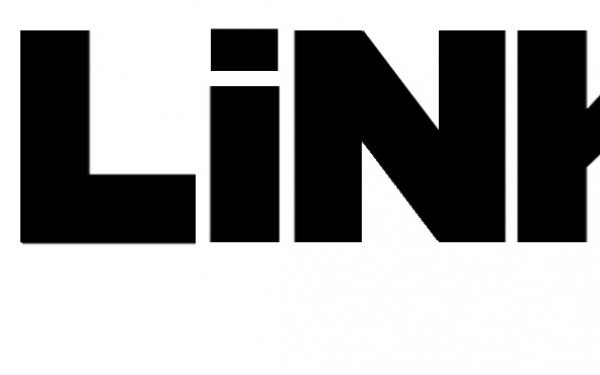More Than Meets the Eye
RE: Process Investigates Deceptively Complex Art
When you first look at a piece of art, the process that was required to create it is not always obvious. Sometimes, something that looks intricate and endlessly complex was the result of an hour or two of work, and sometimes, painstaking work can look like a simple print that leaves you thinking, “I could do that too.”
Art that falls into the latter category is the basis of RE: Process. The exhibition, which runs until Jan. 27 at Coatcheck Gallery, combines photography and installation pieces that all share a single theme—they may look simple at first, but are really much more.
“Their work fell into the same ideals as mine,” said artist Matthew Justin James of the other pieces in the exhibit. “It’s about reinterpreting process, relooking at it. That’s where the play on words comes from. It’s not just about process; it’s about regarding it, and replying to it.
James’ work, a set of 10 photo-booth type images, lines the largest wall of the gallery. At three feet high, the photo strips feature friends, co-workers and even the Concordia custodian.
With his subjects placed in front of the iconic red and blue curtain found in the photo-booths of so many malls and movie theatres, James says the unconventional beauty is part of the reason he chose to make them.
“All my photographs actually happened, and you can see in them little imperfections,” he said. “That’s why I chose photo strips. They’re not artistically perfect, they have bad flash, ugly colours, bad curtains—but there’s an essence of true humanism in them.”
In keeping with the theme of the exhibit, his photos didn’t come as easily as normal photo booth pictures do. Manipulating the photos in the blackness of the darkroom while trying to only expose certain areas wasn’t a quick and simple process, but James didn’t mind.
“I tried to look at it from unknowing eyes. A lot of people who were honest enough to tell me said that it looks like I did it digitally, that it took no trouble at all.”
However, that didn’t sway him to choose a medium in which his process would show more clearly.
“It does look simple,” he said. “But you ask the artist and you read the statement if you wish to know more about it and you realize how much work really went into it. “I think there’s a paradox of seeming simplicity, and it’s really much more complicated than it appears.”
Choosing projects that are more complicated than they appear is something that Bella Klein and Daniel Paterson, two other artists featured in RE: Process, certainly know well.
“Photography is more of a science than something that you can really be involved with,” said Klein. “We wanted to solve that problem.”
So solve it they did. Taking the structural idea of a simple pinhole camera, they supersized their plans to make one that they could actually sit inside and watch the photo expose.
“We got inside the camera for every exposure, which could last from under a minute to 45 minutes,” said Klein.
Not only is their homemade camera life-sized, but it’s also well-travelled.
Building the camera from the base of a functional trailer, their project was hauled up the East Coast, from New York to P.E.I. for a project called “Trailer Obscura,” which was featured at Concordia’s VAV Gallery in November.
After spending a year in Montreal perfecting the art of capturing an image while inside a trailer, they took 30 images throughout the road trip. A select few of those are featured in the exhibit.
“It got better and better as we went, the more we could understand the better,” said Paterson. “At the start we used a light meter, but by the end we were able to do it completely by eye.”
Among the photographs of the exhibit is one installation piece called “Black Lake,” a set of three televisions sets in front of a collage of painted film stills. The piece, by Jeffery Torgerson, works around themes relating to gender and sexuality.
“The centerpiece of this installation is footage from the 1954 film Always Attainable,” said Torgerson. “Which is an example of early homoerotic filmmaking, thinly veiled as a physique film.”
He explained that laws during the 1950s and ‘60s made producing and distributing homoerotic material illegal.
Allured by the quality of the 8mm films, he illustrated directly on the film stills, adding aspects of typical Canadiana culture—muscle men with antlers and California landscapes under northern mountains. Torgerson then put them together to make three 30-second films.
“The juxtaposition of the images create a fictional narrative of a mystical gay wilderness,” he said. “These films were often neglected, but are a wonderful part of film history.”
RE: Process / Coatcheck Gallery (5180 Notre-Dame St. W.) / Jan. 13 to Jan. 27

1_900_615_90.jpg)
21_700_1061_90.jpg)
_600_832_s.png)



__600_375_90_s_c1.jpg)